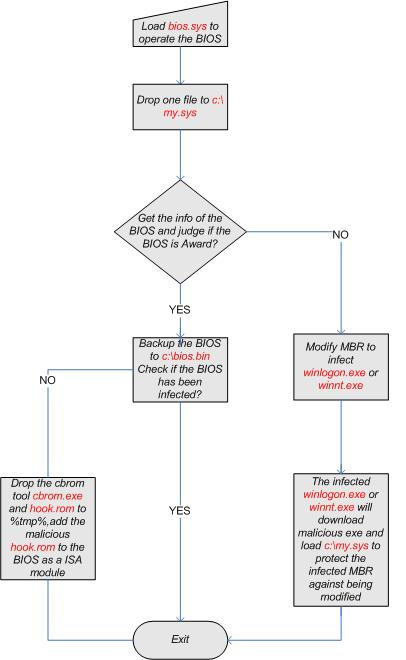Hackers sponsored by the Chinese government and other nations are collaborating with profit-driven malware gangs to infiltrate corporate networks storing government secrets and other sensitive data, researchers say.
In many ways, the relationship between state-sponsored actors and organized crime groups that target online bank accounts resembles the kind of mutually benefiting alliances found in nature everyday. Just as human intestines create the ideal environment for certain types of bacteria – and in turn receive crucial nutrients and digestive assistance – crimeware operators often cooperate with government-backed spies perpetrating the kinds of APTs, or advanced persistent threats, that have pillaged Google, RSA Security, and other US companies.

To the potential benefit of state-sponsored hackers, profit-driven malware gangs frequently have control of large numbers of infected machines belonging to government contractors and Fortune 500 companies. Because most of the machines never conduct business online, they may not represent much of an asset to the criminal gangs, which often allow the infected machines to sit dormant for months or years.
The same machines, however, can be a goldmine to spies hoping to plant APTs that steal weapons blueprints or other sensitive government data from adversaries. So rather than build an exploit from scratch, the APT actors can simply use botnets controlled by the attackers to access an infected machine on a sensitive network the spies want to infiltrate.
“Almost always, it’s cheaper for them to do the latter,” said Darien Kindlund, a senior staff scientist at FireEye, a network security firm. “What this means is there’s an actually symbiotic relationship here.”
In exchange for access to already-infected machines inside government contractors, state-sponsored actors often give malware gangs attack code that exploits previously unknown flaws in Microsoft’s Internet Explorer and other widely used applications. As these zero-day vulnerabilities become known to people defending government contractor networks, the exploits quickly lose their value to APT actors. The same code, however, often has plenty of currency among gangs preying on smaller businesses and mom-and-pop end users.
Kindlund got the chance to document one such quid-pro-quo exchange a few months ago when he was helping to secure the network of a sensitive government contractor. In March, FireEye researchers detected a sophisticated trojan used by members of “Ghostnet,” a spy ring researchers say is sympathetic to the Chinese government and has been known to target supporters of the Dali Lama and corporations and governments in more than 100 countries.
On March 15, FireEye researchers identified a unique fingerprint Wermud leaves on networks it infects and devised a means to neutralize the threat. Less than three weeks later, according to this sample from VirusTotal, criminal malware known as Trojan.FakeAV.BU was circulating in the wild that generated the same signature on networks it infected.
“This happens regularly,” Kindlund told The Register. “It typically occurs in a multi-month cycle. We suspect this window will get shorter, but if you’re dealing with exploits that take a long time to patch, then we could see that window being even longer.”
In exchange for passing along malware hand-me-downs that are no longer needed, Kindlund said, APT groups get access to botnets operated by the criminal malware operators. For support, he cited a recently presented research from computer scientist Stefan Savage of the University of California at San Diego, and articles such as this one from security journalist Brian Krebs.
Both Savage and Krebs document the availability of compromised hosts in underground markets. Kindlund said APT actors frequently make use of these services. He went on to say the cooperation between the groups is so common that brokers now exist to help make trades it more efficient. ®
Article source: http://go.theregister.com/feed/www.theregister.co.uk/2011/09/13/apt_botnet_symbiosis/
